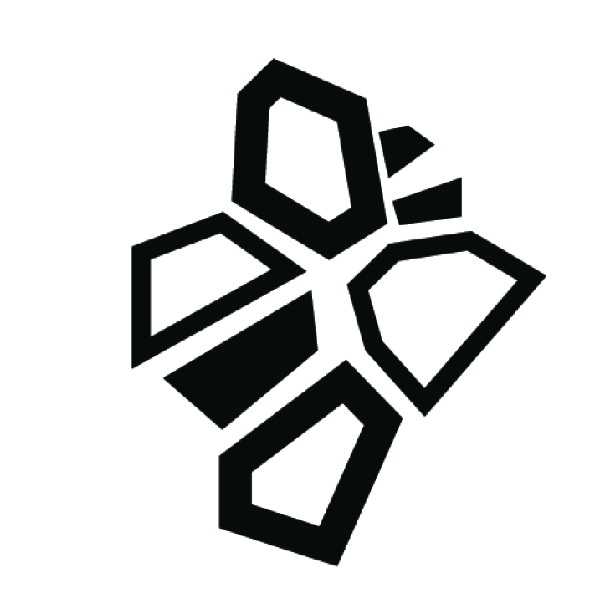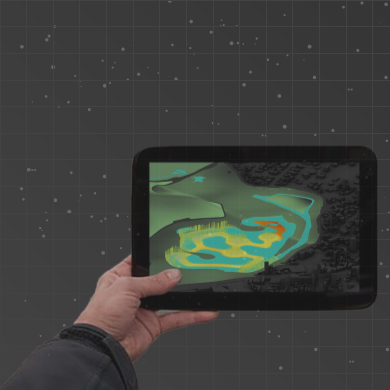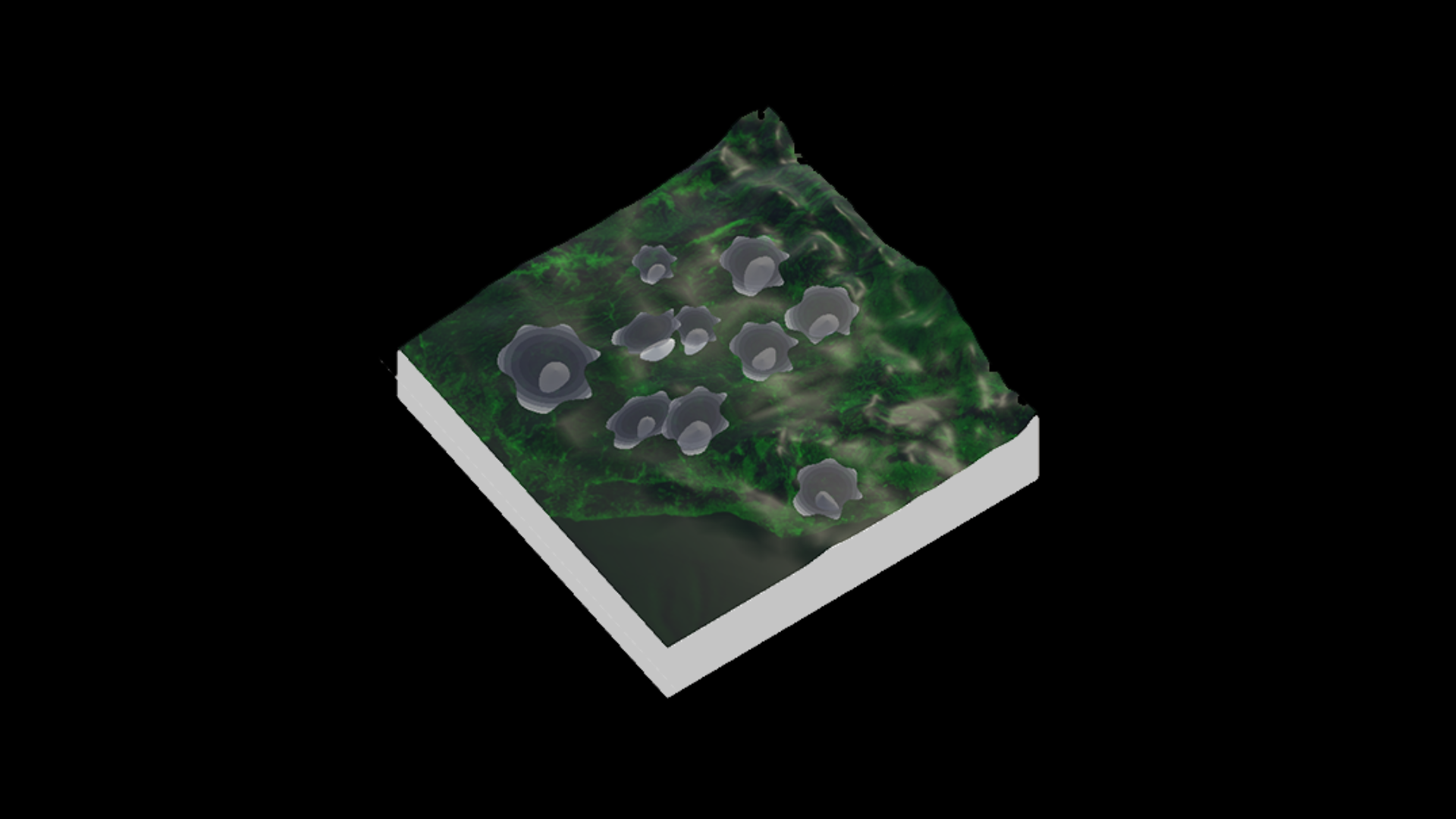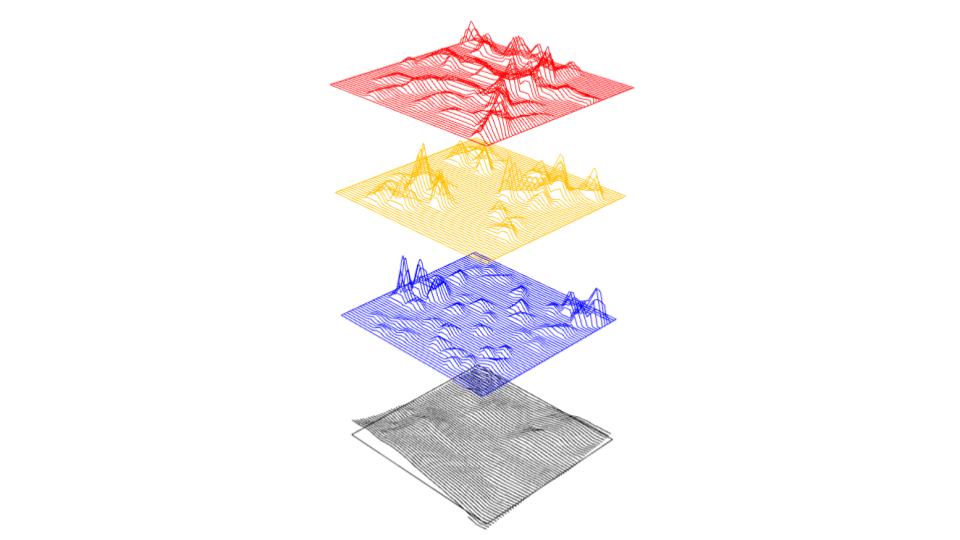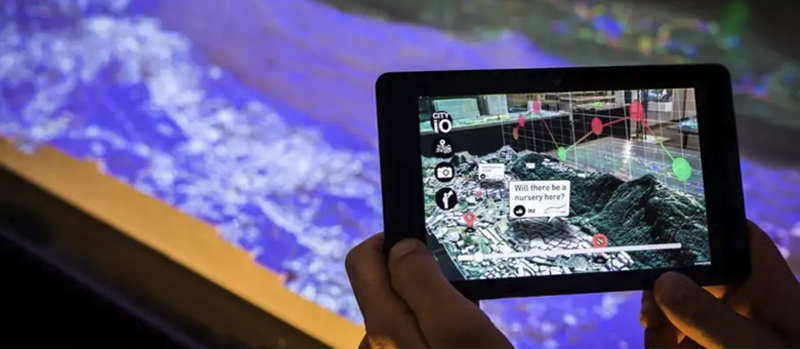
Credits: Andorra | Dynamic Urban Planning MIT Media Lab: CityCience
Juxtaposing entropy, humanity through its history has been focused on creating more and more advanced ways to organise spaces. By introducing layers upon layers of abstraction we preserve and encode knowledge and skills through time, allowing ourselves to advance exponentially. Developments in technologies of the last 50 years bring to us the computational power at our fingertips. And as this power becomes more and more democratic, more and more dynamic and expressive ways of communication are revolutionising all fields of our culture. In architecture this can be especially impactful as the timescale of our creations span years and impose serious impact onto the environment and through it on ourselves, while the dynamic nature of virtual layers are flexible and adaptive. By blending between physical and digital layers we can achieve faster paced iteration of design, more informed usage of spaces and cities, feedback mechanisms bridging designers, policy makers and citizens, etc.
Learning Objectives
At course completion the student will:
- understand types of MR technologies, limitations and learn appropriate applications;
- develop base level understanding of Unity Engine and of Vuforia’s AR framework in it;
- be able to prototype ideas with mentioned technologies;
- explore more interactive and dynamic approaches to the design process.



